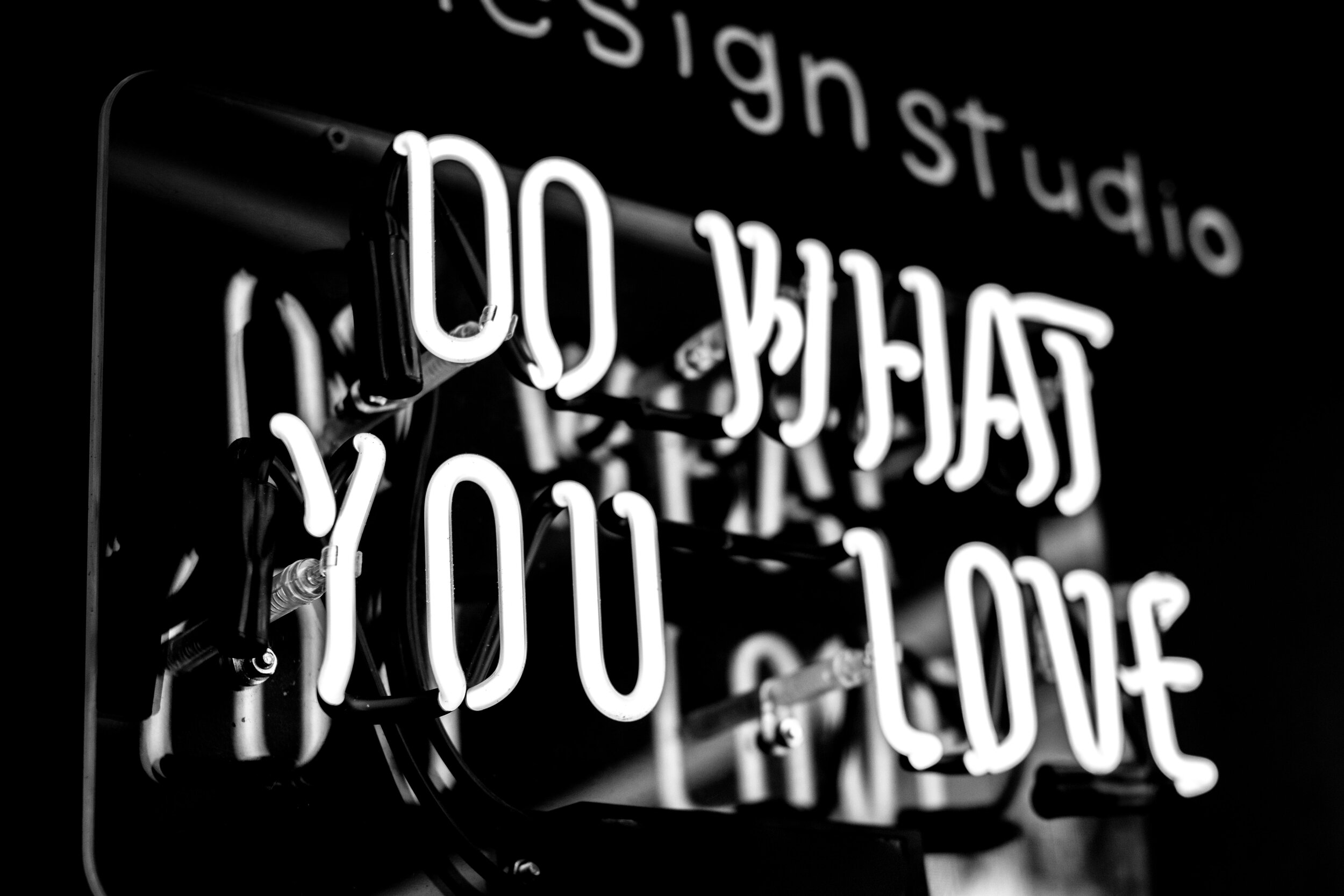What I Wish I Knew as a New Designer
Photo by Jason Leung on Unsplash
Recently, a new design grad contacted me asking for advice on how to get started and work as a designer. One gripe in particular was getting into an “entry level” job when every job description asked for years of experience.
First, I applauded the guts it took to reach out to someone in general. Thinking back to my college days I was way to afraid to contact someone first, especially for advice.
Second, as I drafted my response I was brought back to the early days when it was just so freaking hard to get started. It took years to build confidence and actually start making this career choice a fruitful one, and I thought it may be helpful to share these pointers with all of you.
So, here are a few things I wish I knew as a new designer and that have contributed to career stability and growth over the years. Note: you’re not going to find advice here like “build a portfolio” or “design your resume”. I’m assuming you’ve covered all that in design school.
Apply for the jobs requiring years of experience anyway.
Sometimes these postings are templates pulled from HR and the hiring manager didn't even write it. Obviously if you're applying for Art Director jobs that may not be a great idea. But for Graphic Designer, Junior Designers, or any entry-level position, apply anyway. In your cover letter, instead of writing about your years of experience, try to speak to the skills you have that match what they are looking for in the posting. The employer is always looking for someone who is going to solve their problems, and if you can convince them of that in a cover letter you're more likely to get an interview than if you just match the years. Take time crafting your cover letter, employers will probably read it, look at your portfolio, and then decide if they are interested even before reviewing your resume.
That said, organize your resume so that your skills are first and your "design experience" should be combined with your "work experience". Now that you're a designer, it's all work experience. This way they see what you've accomplished first – they're going to assume you match the education credentials.
Do as much freelance work as you can (even after you get a job).
Finding the work is the hard part, but any real client projects you can do is all stuff you can speak to when trying to convince them why you're the right fit. Also, the more you do the more experience you'll get in different industries. You can find work the old fashioned way by leaning on friends/family/local businesses and whatnot. I also find it helpful to sign up for some online freelance boards (I've personally used Upwork.com quite a bit in the past).
“ Only do work for clients who respect you enough to pay you, they will turn into lifelong clients.”
Free/Pro-bono/Work-for-free-for-experience is bullshit, don't do it.
I can't tell you how much time and money I spent investing in "clients" who promised to trade me experience or exposure for free (or almost free) work. They were always the worst to work with and they only come to you while you're free. Only do work for clients who respect you enough to pay you, they will turn into lifelong clients. (In moments of desperation you may think you don't have a choice. You do, don't work for free.)
Get experience to do the work you love.
You may nail your dream job out the gate and that will make this last point unnecessary, but chances are your first design job will probably not be very glamorous or win design awards. Every step you take in your career will bring you closer to the work you WANT to do, and there is always something you can learn from. Put in the time, get paid, and build your experience so that you can seek personally fulfilling work in the future.

